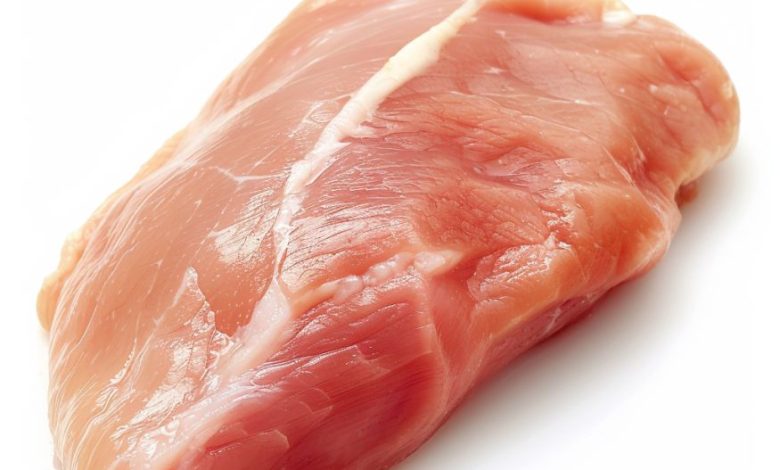Why do chicken breasts at the stores have those lines and are stringy? What does it mean?

Maintaining a healthy lifestyle often involves making informed decisions about the foods we eat, and chicken breast is commonly chosen for its lean and nutritious qualities. However, you may have noticed that certain store-bought chicken breasts display a stringy texture and distinct lines. This article aims to explore the underlying reasons behind these characteristics and their implications for health and cooking.
ADVERTISEMENT
Understanding the Causes of Stringiness and Lines
ADVERTISEMENT
- Rapid Growth Rates:
- Contemporary farming methods often prioritize swift growth, resulting in muscle abnormalities, such as the development of fibrous lines in chicken breasts.
- Myopathy:
- This condition, often linked to rapid growth, leads to muscular abnormalities like white striping and wooden breast, which manifest as stringiness and lines in chicken breasts.
- Poor Meat Quality:
- The presence of lines may indicate compromised meat quality, affecting not only texture but also taste and nutritional value.
Health Considerations
ADVERTISEMENT
- Reduced Protein Content:
- Stringy texture in chicken breasts may signify lower protein content, potentially diminishing their nutritional value.
- Increased Fat Content:
- Lines and white streaks can suggest higher fat levels, making the chicken less healthy compared to lean cuts.
- Possible Chemical Use:
- While not universally true, some experts suggest that these signs could indicate the use of growth-promoting chemicals or antibiotics.
Impact on Cooking and Taste
- Texture:
- Stringy chicken breasts tend to become tougher and less enjoyable when cooked, posing challenges for meal preparation.
- Flavor:
- Chicken breasts with these characteristics often lack the rich flavor associated with high-quality poultry, resulting in less satisfying meals.
- Moisture Retention:
- Stringy chicken breasts are prone to losing moisture rapidly during cooking, leading to dry and unappetizing dishes.
Considering Nutrition and Meal Preparation
- Nutritional Value:
- The presence of stringiness and lines may indicate a decline in protein content, affecting the overall nutritional profile of the chicken.
- Cooking Challenges:
- Stringy chicken breasts can present challenges during cooking, resulting in less desirable outcomes and potentially affecting the enjoyment of meals.
In conclusion, the presence of stringiness and lines in store-bought chicken breasts can be attributed to factors such as rapid growth rates, myopathy, and poor meat quality. Understanding these factors can help consumers make more informed choices about their poultry purchases, ensuring both nutritional value and culinary satisfaction.




